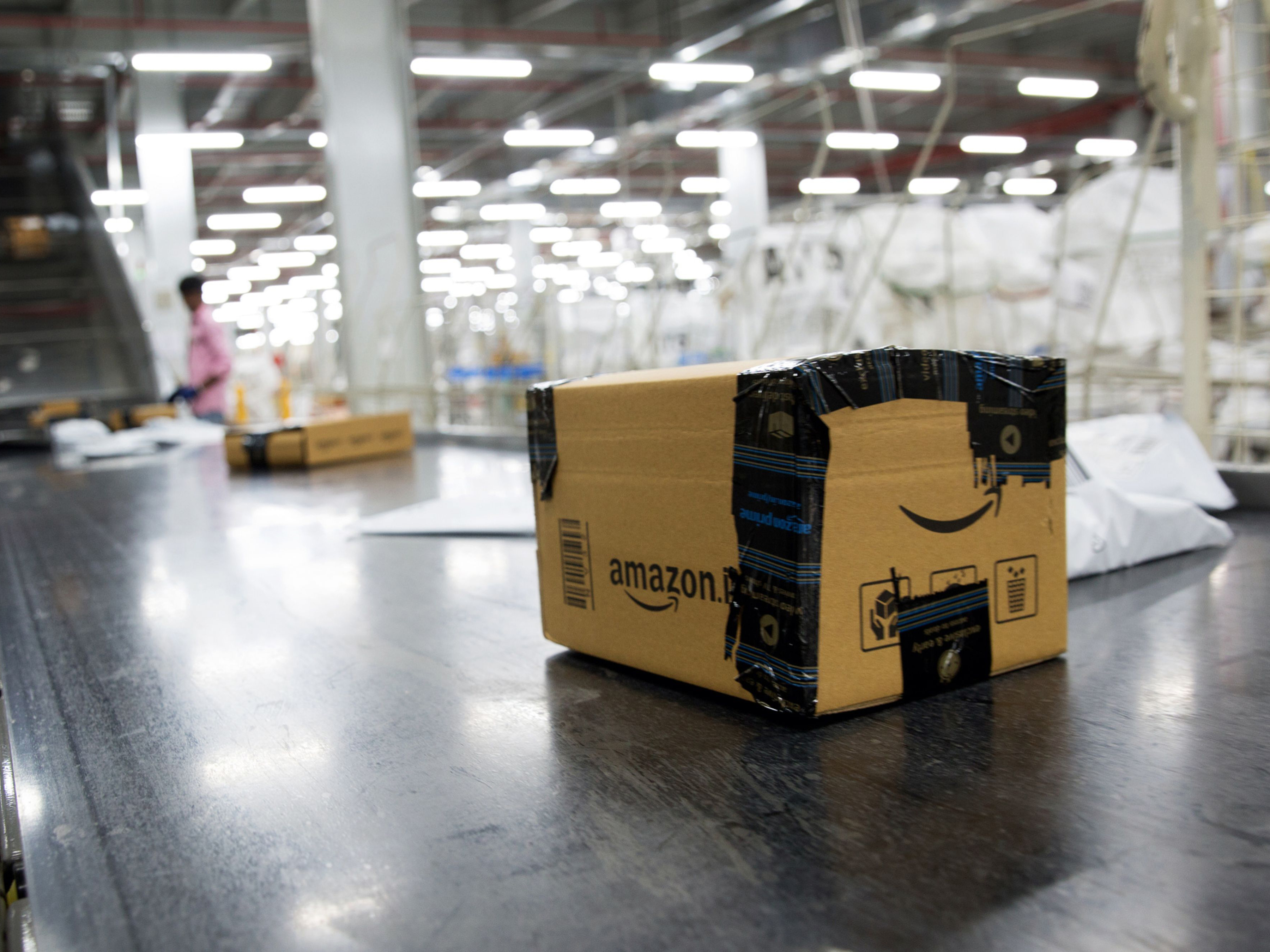
Visit Our Sponsors |
|
|
|
|
|
|
|
|
|
|
|
|
|
|
|
|
|
|
|
|
|
|
|
|
|
|
|
|
|
|
|
|
|
|
|
|
|
|

People will be at the center of the automation revolution, albeit with new roles and vastly different skill sets than those required today. The change calls for increased training and upskilling of employees. Amazon isn’t alone in identifying this need. Walmart, Lowe’s, Starbucks, GE Appliances and a host of others are offering programs such as tuition-free education to attract and retain employees during a prolonged labor shortage. This strategy is followed by many leaders in the Gartner Top 25, who seek to build the supply-chain workforce of the future through educational partnerships and a strong organizational learning culture.
Amazon’s strategy, as well as those of other major firms, isn’t surprising. Sixty percent of CEOs identify technological advancements as a key trend that will have a significant impact on the workforce over the next three years. Technological advances are changing workforce requirements, allowing for remote or dispersed work, and increasing expectations for a workplace experience that more closely reflects the way employees interact with technology in their personal lives.
Last year, Walmart partnered with Guild Education to create Live Better U, which enabled associates to earn a college degree in business or supply chain for only $1 a day. This year, the retailer expanded the program to include more degrees and incentives for high school students. Walmart is offering an additional 14 technology degrees and certificates for in-demand topics such as cybersecurity, computer science, computer and network security, and computing technology.
Unilever recognizes the importance of improving both physical and educational manufacturing capabilities. It’s moving forward with digitally enabled manufacturing initiatives that include the internet of things (IoT), advanced analytics, and machine learning for maintenance and process control. The company also introduced a manufacturing school to develop leader skills. The curriculum focuses on key supply-chain topics that enhance leadership, technical and business skills.
In the Pacific Northwest, Starbucks faces strong competition for supply-chain talent from the likes of Amazon, Microsoft, Boeing, and Nordstrom. The competition to develop internal talent led to an innovative partnership with Arizona State University in 2014. Starbucks employees who work at least 20 hours a week receive 100% tuition reimbursement for classes taken in its Starbucks College Achievement Program (SCAP). Employees can take any of the more than 80 degrees offered through ASU’s top-ranked online degree program. Aside from Starbucks’ overall involvement with SCAP, the supply-chain team is deeply involved with the supply-chain department within ASU’s business school. The company sits on ASU’s advisory board, and has used its highly ranked program to successfully recruit students. ASU is ranked No. 8 in Gartner’s 2018 university study.
Outlook
Moving forward, supply-chain leaders should collaborate companywide to create a strategic plan for identifying new skills and competencies. Categorize specific technologies and behaviors that the workforce will need to master. Build the supply-chain workforce of the future through educational partnerships and a strong learning culture. Finally, address the skill sets needed by testing employees’ proficiency and ability to adapt and take feedback, and by creating scenarios to gauge how they handle new workloads.
John Johnson is senior editor at Gartner.
RELATED CONTENT
RELATED VIDEOS
Timely, incisive articles delivered directly to your inbox.

